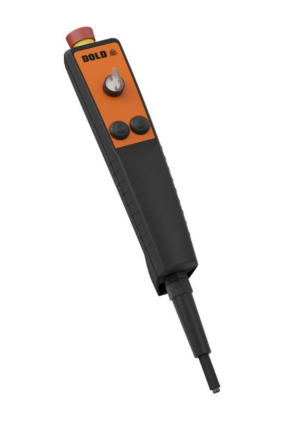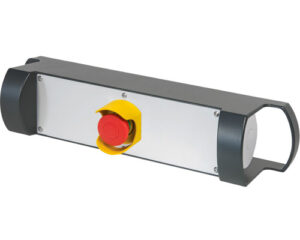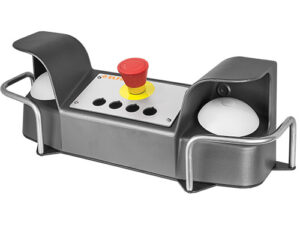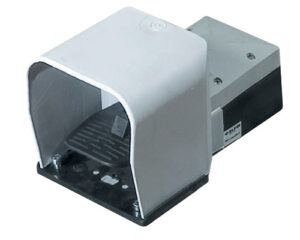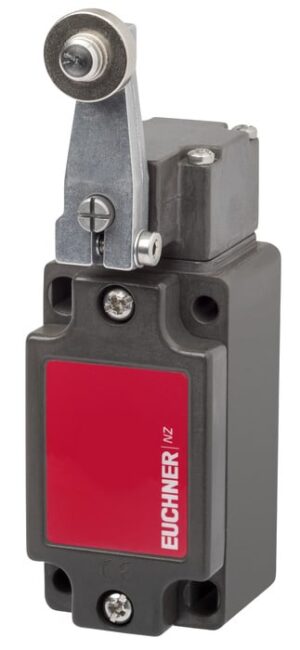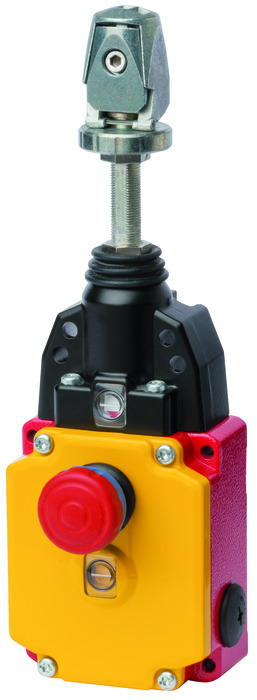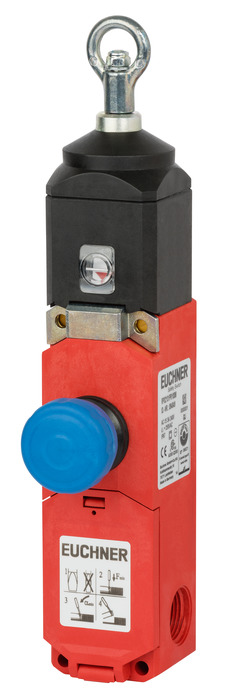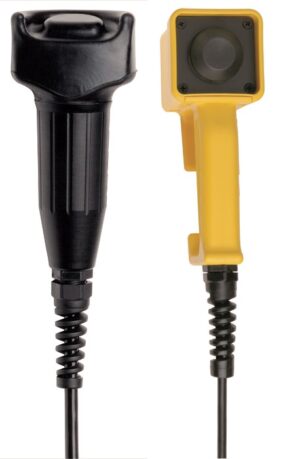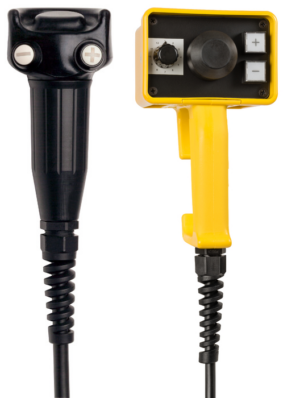Introduction to Safety Limit and Position Switches What is a Safety Limit Switch? A safety limit switch is an electromechanical device used to detect the…
Introduction to Safety Limit and Position Switches
What is a Safety Limit Switch?
A safety limit switch is an electromechanical device used to detect the presence or absence of an object, or to monitor and control motion limits in industrial machinery. It is an essential component in safety systems, offering precise feedback and ensuring that dangerous machine movements are kept within safe operating conditions. These switches are frequently used across a wide range of electrical equipment and safety applications where accurate detection and response are crucial.
Difference Between Limit Switches and Position Switches
Limit switches typically define the end position of mechanical movement, triggering when an actuator contacts them. Position switches, on the other hand, detect intermediate positions or movements throughout a process. Both are crucial for safeguarding personnel and automating process control, especially in lighting circuits, electrical appliances, and circuit breakers.
How These Switches Enhance Industrial Safety
Safety limit and position switches contribute to machine safety by cutting power or triggering alarms when a component reaches a dangerous point. These switches are often used in redundant safety systems to ensure compliance with safety regulations and to prevent mechanical or electrical failures. They are commonly paired with emergency stop buttons for immediate system shutdown. and to prevent mechanical or electrical failures. Their integration into electrical circuits ensures consistent monitoring and operational reliability.
Types of Safety Limit and Position Switches
Mechanical Limit Switches
These switches use physical contact to detect motion limits, making them ideal for robust and repetitive operations in industrial environments.
Snap Action vs Slow Action Switches
Snap action switches provide fast response times, ideal for applications requiring rapid signal change. Slow action switches are more gradual and suited for sensitive mechanical systems.
Plunger, Roller, and Rotary Actuator Types
Actuation methods vary by application needs: plunger types offer direct contact, roller levers follow moving parts, and rotary arms rotate with machinery components.
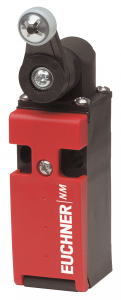
IP67-Rated and Tamper-Proof Models for Harsh Environments
Industrial environments often require sealed, tamper-proof models to prevent damage from dust, moisture, or operator interference. IP67-rated switches are widely used for their durability and degree of protection. Rugged housing further extends the longevity of these components in demanding conditions.
Broader Integration with Safety & Automation Systems
In modern industrial environments, limit and/or position switches are only one part of an integrated safety architecture. These systems will work in tandem with various critical components such as safety PLCs, safety contactors or safety light curtains (including muting light curtains) to ensure real-time hazard detection and safe machine shutdown. Common peripheral safety devices like the emergency stop button, two hand station, and emergency stop rope pull are all effectively managed by the safety PLC’s logic structure.
Advanced installations frequently incorporate safety relays, safety non-contact switches, RFID switches, mechanical interlock switches, and solenoid locking switches—each adding specific protective functions to the machinery. To maintain continuous system health, engineers also deploy standstill monitors, speed monitors, soft starters, and reversing contactors within their automation frameworks. For measuring the product itself, solutions such as measurement light curtains can be integrated.
Beyond motion and logic safety, electrical condition monitoring is equally essential. Devices like insulation monitors, battery monitors, current monitors, voltage monitoring relays, phase sequence relays, undervoltage relays, and undercurrent monitoring relays are often integrated to detect anomalies in power flow or equipment performance, with this data displayable on HMI Touch Panels or similar systems. To support reliable operation, high-quality power relays and regulated power supplies are essential.
Key Features and Technical Specifications
Actuation Force, Contact Configuration, and Operating Torque
Selection depends on actuation force requirements, NO/NC contact configuration, and torque specifications for reliable performance.
M12 Connector Options and Cable Entry Types
Quick-connect M12 interfaces simplify installation and maintenance. Cable entry options vary for different housing and mounting conditions.
Positive Opening Contacts and Redundancy
Positive opening ensures contacts separate under mechanical force, critical for safety. Dual-channel redundancy adds an extra layer of protection in safety circuits, often used alongside safety relays for enhanced reliability.
Stainless Steel and Compact Housing Options
Compact designs fit tight spaces, while stainless steel housings resist corrosion and are ideal for hygienic environments like food processing.
Standards and Certifications
Compliance with EN ISO 14119, IEC 60947-5-1, and ISO 13849
Top safety limit switches are built to comply with key international safety standards, ensuring quality, reliability, and regulatory acceptance.
Safety Integrity Level (SIL) and Performance Level (PL)
Devices with SIL or PL ratings ensure quantifiable reliability in functional safety systems, often required in high-risk applications.
Machine Directive and Fail-Safe Design Principles
European Machine Directives mandate safe design. Fail-safe switches default to a safe state in case of malfunction, reducing hazard exposure.
Industrial Applications of Limit and Position Switches
Conveyor Systems and Packaging Machinery
Used to monitor positions of moving parts, detect jams, and ensure synchronized operations on production lines.
Automotive and Robotic Arm Integration
In automotive manufacturing, these switches detect door alignment, robotic arm positioning, and machine part limits.
Material Handling and OEM Equipment Safety
Limit and position switches play vital roles in forklifts, cranes, and other material handling systems, providing reliable safety feedback.
Food-Grade and Hygienic Environments
Stainless steel, sealed models are common in food and pharmaceutical industries where hygiene and water resistance are critical.
Range of Applications Across Industries
Safety switches are deployed in a wide range of industries including packaging, electrical appliances, automation systems, and hazardous environments. In some cases, inclination sensors are paired with position switches to track angular displacement and enhance control in dynamic systems. and enhance control in dynamic systems.
Choosing the Right Safety Switch for Your Application
Factors to Consider: Environment, Actuation Type, and Housing
Consider dust, moisture, temperature, and mechanical requirements when choosing between actuator types and housing materials. Devices with a high degree of protection and rugged housing are preferred for extreme environments.
Mounting Options: DIN Rail, Panel, and Surface
Mounting flexibility helps integrate the switch into new or legacy systems. Compatible control panels and enclosures can further streamline the installation process.. Choose based on application space and maintenance needs.
Benefits of Using Rugged and Durable Switch Designs
Rugged switches reduce maintenance costs and extend equipment life, especially in heavy-duty industrial or outdoor environments.
Frequently Asked Questions
How Do Limit Switches Work in Industrial Automation?
They use actuators to mechanically trigger electrical contacts, signaling a controller to start or stop a process. These signals can be directly integrated with programmable logic controllers (PLCs) for automated response, or alerting operators of position status.
Can Safety Limit Switches Be Used Outdoors?
Yes, models with IP67 or higher protection can be used outdoors, resisting water, dust, and extreme temperatures.
What Are the Advantages of Using Position Sensors Over Proximity Sensors?
Position sensors like limit switches offer mechanical feedback with high reliability and are unaffected by electromagnetic interference, unlike some proximity sensors.

